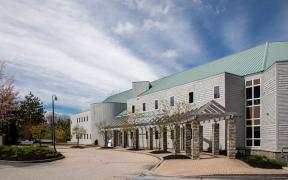What is Mohs surgery?
Micrographic dermatologic surgery (MDS), also known as Mohs surgery, is a specialized surgical technique used to remove skin cancer while preserving as much healthy tissue as possible.
Mohs surgery is effective for treating the two most common skin cancers - basal cell carcinoma and squamous cell carcinoma - with a high cure rate and minimal scarring. Mohs surgeries is also recommended for certain types of melanoma. A special stain is used to make the melanoma cells easier to see under a microscope.
During Mohs surgery, skin tumors or lesions are removed in layers. The layers are looked at through a microscope to determine if they are cancerous. The process is repeated until no cancer cells are found.
What are the risks of Mohs surgery?
Mohs surgery has rare risks. These risks include:
- Infection
- Nerve damage
- Scarring
- Bleeding
Speak with your provider to see if Mohs surgery is the right option for you.
The surgeon will numb the affected area and begin removing thin layers of cancerous skin cells - looking at each layer under a microscope. The surgeon cuts smaller layers while cutting deeper into the skin to avoid removing healthy tissue. The procedure is complete once no cancer cells are found in a layer.
The rounds of surgery take approximately one hour between removal of the layer and examining the cancer cells in the layer. Many patients complete the surgery with two to three rounds.
Your doctor may use a skin graft to cover the surgery site. This is done by removing healthy skin from another area of your body and putting it on the wound. Recovery time depends on how big the procedure is and if skin grafts are used. Small surgery sites will normally heal without help while others may need stitches.


















